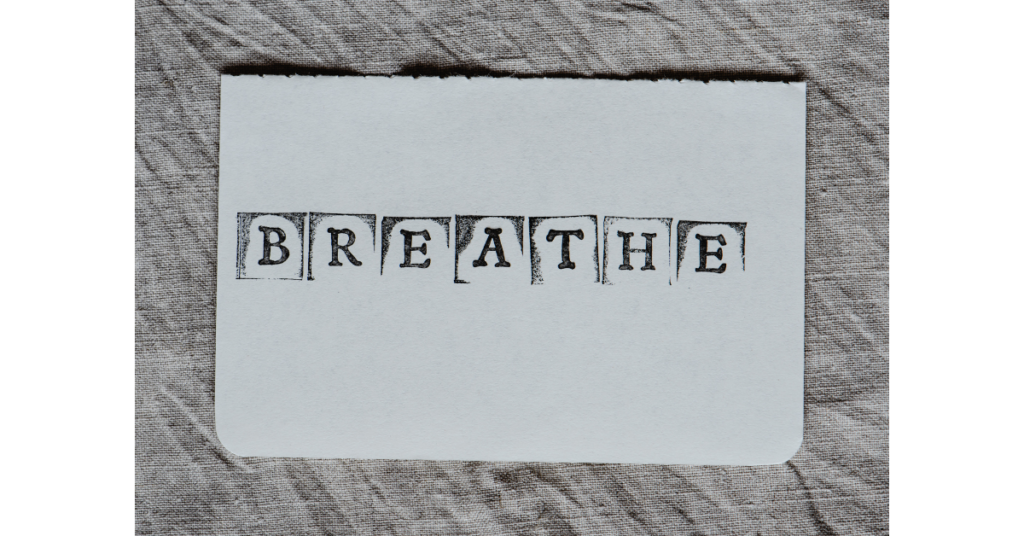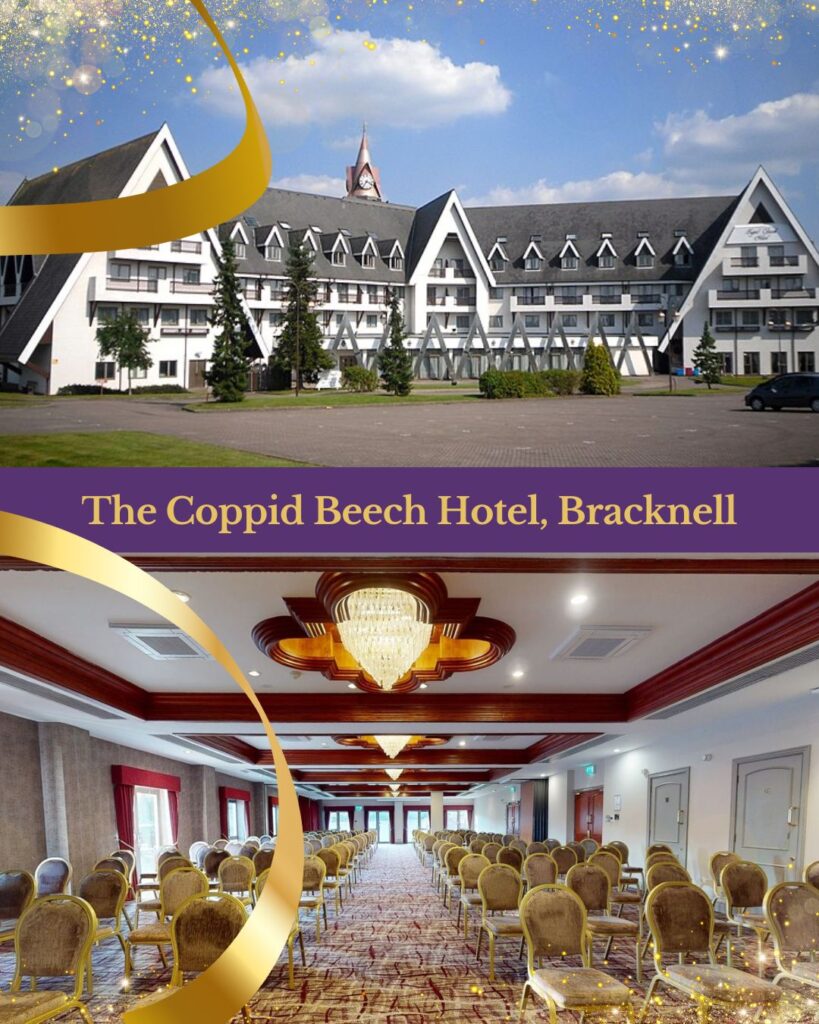Buteyko
Buteyko is a series of breathing techniques, which claims to help treat asthma and other conditions.
This document provides general information of what to expect when you visit a therapist, and a general theory behind how the discipline works. It must be noted, however, that every therapist works in an individual way, and may subscribe to slightly different theories on how the discipline works. It is always advised that you ask to see relevant qualifications and discuss the treatment offered to you by the practitioner if you are in any doubt whatsoever.
What is Buteyko?
Buteyko works according to the principle that certain conditions are caused or, at the very least, aggravated by ‘over-breathing’. By ‘over-breathing’, practitioners mean breathing heavily and rapidly through the mouth when there is no need to do so. Over-breathing is like over-eating – it is not good for us.
A set of exercises are taught to the patient, which can be done anywhere, anytime of day. Incorrect breathing, it is claimed, is harmful to the body, because it depletes the bloodstream of carbon dioxide (CO2), thus causing blood-vessel spasms and oxygen starvation. It is thought that when this happens, the body reacts in a number of ways, and thus asthma attacks, headaches, rapid heartbeat, and a number of other medical conditions are experienced.
There are many reports claiming that asthma sufferers, once they have mastered the Bukeyko method, have been able to stop using their bronchodilators.
Breathing through the nose is always preferable to breathing through the mouth as the nostril hairs filter the air, and warm it before it enters the lungs. It also limits the amount of air entering the lungs.
Main Uses
Asthma and other medical conditions, including heart disease, panic attacks, high blood pressure, panic disorders, and arthritis.
What to Expect when you visit a Therapist?
The method advocates taking small breaths through the nose and letting the air out slowly and gently followed by holding the breath. The practitioner will show you how to do this, and you will probably need about 5 sessions, each lasting 60-90 minutes in length in order to learn the best technique for you.
The Buteyko Method In more depth
The Buteyko method is named after the Late Professor Konstantin Buteyko who, in 1952, discovered that habitually breathing too great a volume of air relative to our metabolic needs has negative consequences on our health. While the method can be used to treat allergic rhinitis, sleeping disorders such as snoring and sleep apnoea, and degrees of anxiety, it has become very popular for the treatment of respiratory conditions most notably asthma.
Chronic over-breathing is a habit whereby the body becomes used to breathing too much. While it is often hidden, typical traits of an over breather can include mouth breathing, audible breathing during rest, sighs, large breaths prior to talking, regular sniffing, and upper chest breathing.
While, normal healthy breathing volume ranges from 4-6 litres of air per minute, asthmatics in between attacks can breathe a volume as high as 15-20 litres per minute. Different theories abound as to how over breathing causes airway obstruction. Some proponents claim that the airways dehydrate, others that they cool. Buteyko’s work centres on the role of CO2.
One certainty, however, is that a direct correlation exists between breathing volume and asthma. The greater the amount of air that is inhaled, the greater the severity of symptoms such as coughing, breathlessness, and wheezing. Secondly, symptoms may reverse as one is taught to breathe a more correct volume of air.
The Buteyko method is named after the original method as taught by the founder Buteyko of Moscow. The method consists of reducing the volume of breathing by relaxation of the respiratory muscles to create a need for air. Very simply, it is about teaching the individual to breathe less. Overtime, this resets the respiratory centre to tolerate a higher level of CO2, resulting in a more correct breathing volume.
The Buteyko method has been subject to 4 trials for asthma in the western world. Results are positive and consistent with an average 70% reduction of symptoms, 85% less need for reliever medication, and a 50% less need for preventer medication within 3 to 6 months.
Central to determining one’s progress is a breath hold measurement called the Control Pause (CP). To measure your CP, you will need a watch or clock with a second hand.
A simple explanation to measure the CP is as follows:
1. Sit upright and allow your breathing to settle for a few minutes.
2. Take a small breath in and a small breath out.
3. Hold your breath until you feel the first urge for air. Your breath at end should be calm.
The above is a measurement of how many seconds you can hold your breath for until you feel the first urges. It is not a measurement to hold for as long as you can.
The significance of the CP:
1. If your CP is less than 20 seconds, then your main symptoms are present such as coughing, wheezing, blocked nose, and exercise induced asthma.
2. If your CP is between 20 and 40 seconds, your main symptoms are gone, but a trigger may produce symptoms.
3. If your CP is greater than 40 seconds, asthma is very unlikely to be present. You are asthma free once you maintain a control pause of 40 seconds for six months.
The higher your CP, the less asthma. In fact, you will feel better each time your CP increases by 5 seconds.
The essence of the Buteyko Method is to practice a simple exercise to unblock the nose and to make a permanent switch from mouth to nasal breathing. Following on from this, students are taught various exercises to correct their breathing volume, how to breathe during physical exercise, and to stop a coughing or wheezing attack. A number of lifestyle guidelines conducive to good health are supplemented with this. As students progress, their ability to hold their breath increases. This demonstrates a reversal of their asthma symptoms and an improvement to overall health.
References
Bowler SD, Green A, Mitchell CA. Buteyko breathing technique in asthma: A blinded randomised controlled trial. Med J Aust. 1998;169:575-8.
Cooper S, Oborne J, Newton S, et al. Effect of two breathing exercises (Buteyko and Pranayama) in asthma: A randomised controlled trial. Thorax. 2003;58:674-9.
McHugh P, Aitcheson F, Duncan B, Houghton F. Buteyko breathing technique for asthma: An effective intervention. NZMJ 12 Dec 2003;116(1187).
McHugh P, Duncan B, Houghton F. Buteyko breathing technique and asthma in children: A case series. NZMJ 19 May 2006;119(1234).


